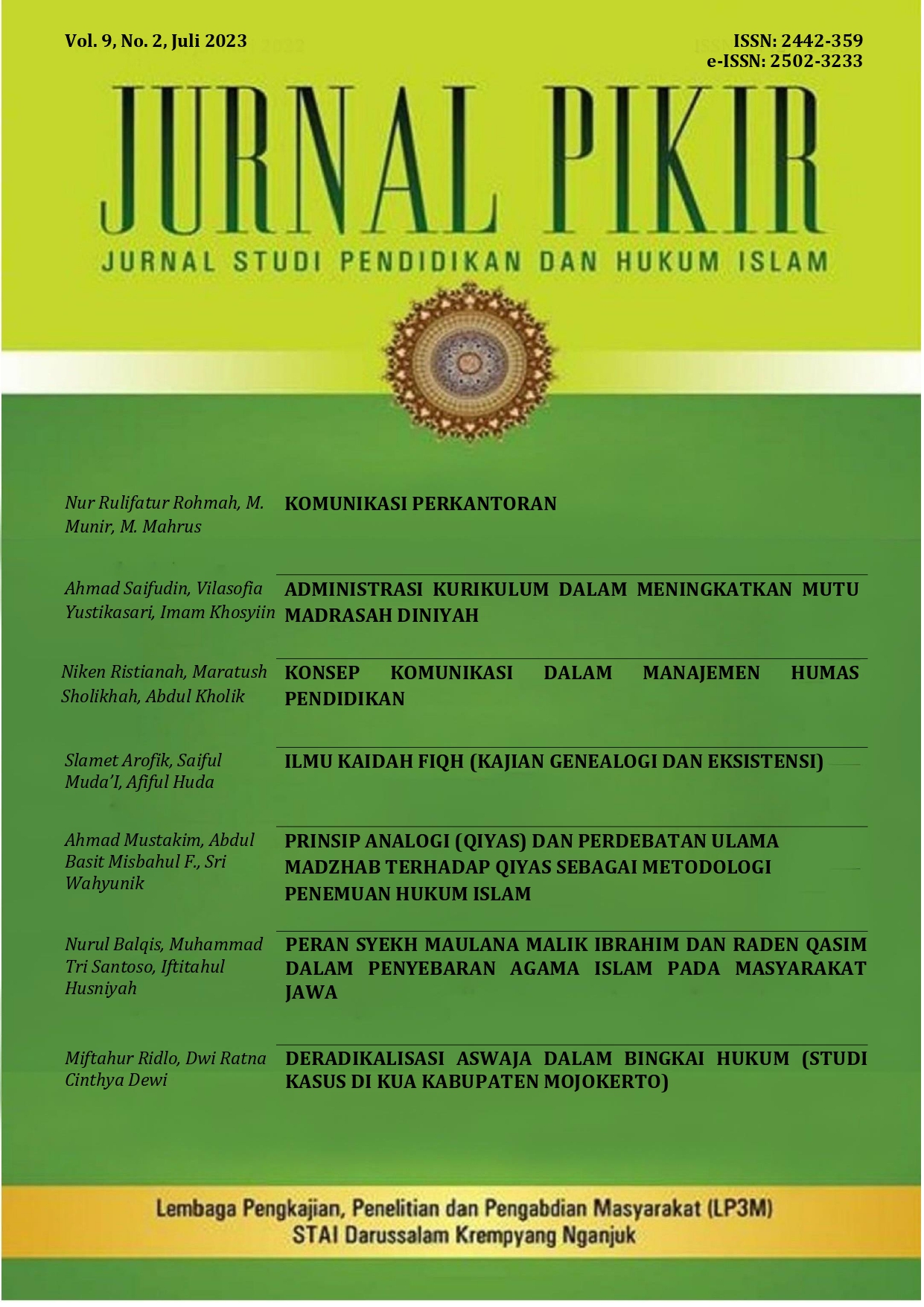KOMUNIKASI PERKANTORAN
Abstract
Every human being needs a communication with other humans, both while studying and working in the office. Office communication can be interpreted as a process that starts from copying ideas, processing data into information, and conveying messages by authorized parties to other parties who need them using office communication media to generate action in achieving organizational goals effectively and efficiently. According to Scott and Mitchell in Sukoco, communication has four important functions, namely: control function, motivation, emotion, and information. In addition to the function of the five principles that must be considered in communicating in the office, namely: Respect or respect, Empathy, or empathy, Audible or understanding, Clarity or clear, and Humble or not arrogant. 7 components in office communication: communicator, message, media, recipient, influence or effect, good response, and environment. Communication barriers are obstacles or obstacles faced by communicators and communicants including: socio-anthropological barriers, semantic barriers, mechanical barriers, and ecological barriers. There are various communication ethics in life including the following: 1. Ethics in dress, honor and respect, honest and transparent, listen actively, avoid gossip, be empathetic, open communication, respect privacy, use the right language, respect the time of communication, feedback constructive.











